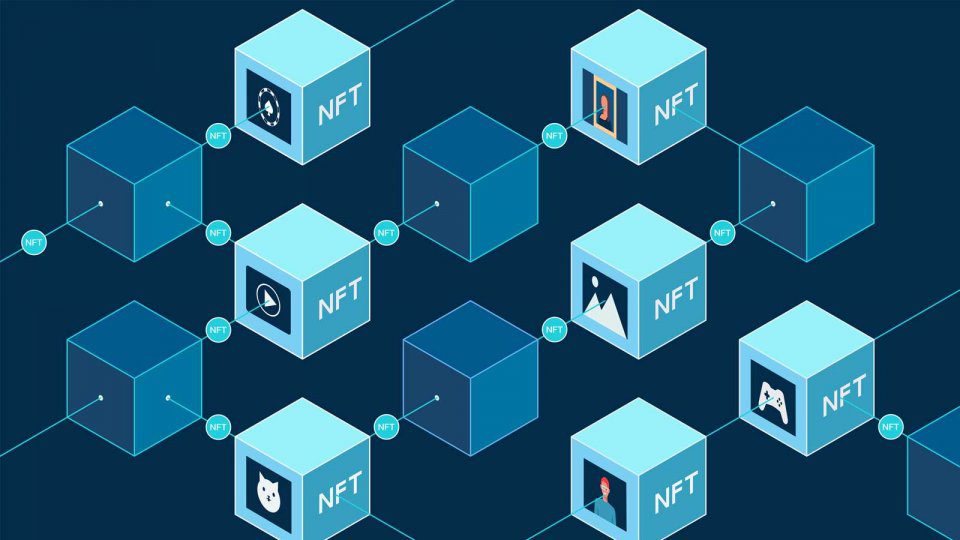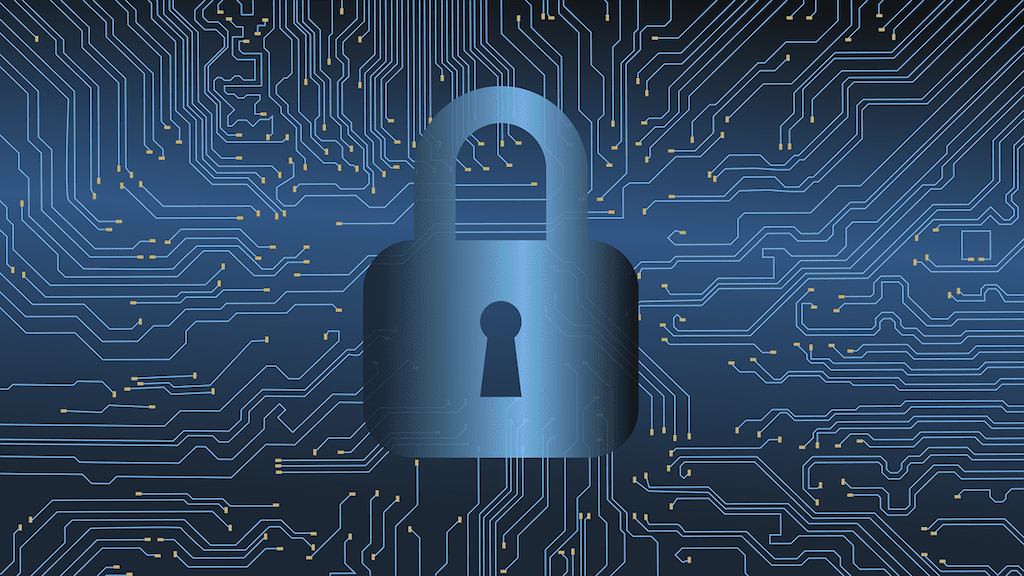A blockchain is a decentralized, distributed ledger that records transactions on multiple computers so that the record cannot be altered retroactively without the alteration of all subsequent blocks and the consensus of the network.
Each block in the chain contains a record of multiple transactions, and once a block is added to the chain it cannot be altered. The decentralized database managed by multiple participants ensures that the record is secure and verifiable.
Blockchains are used for a variety of applications, such as recording the ownership of assets and enabling the execution of smart contracts. The most well-known use case for blockchains is in the cryptocurrency Bitcoin, but blockchains have many other potential uses.
One key feature of blockchains is that they are transparent and incorruptible. Because the database is distributed and decentralized, it is not controlled by any single entity, which makes it difficult to manipulate. This transparency can help to increase trust and confidence in the system.
In summary, a blockchain is a digital ledger of transactions that is distributed across a network of computers. It is transparent, secure, and immutable, and has the potential to revolutionize a wide range of industries and applications.

How Does a Blockchain Work?
A blockchain works by maintaining a continuously growing list of records, called blocks, which are linked and secured using cryptography. Each block contains a cryptographic hash of the previous block, a timestamp, and transaction data.
The transaction data can be anything, but is most commonly associated with the transfer of assets, such as cryptocurrency. The cryptographic hash function ensures that once a block is added to the chain, it cannot be altered without altering all subsequent blocks, which requires the consensus of the network.
In order to add a new block to the chain, a number of nodes (participants in the network) must reach consensus on the transactions that are included in the block. This process is known as “mining.” Miners compete to solve a complex mathematical problem, and the first one to solve it gets to create the next block and add it to the chain.
Once a block is added to the chain, it is distributed to all nodes in the network, and the transaction is considered to be validated and complete. This decentralized process ensures the integrity and security of the blockchain.
In summary, a blockchain works by creating a digital record of transactions, which are secured and validated by a network of nodes, and added to the chain through a process called “mining.” This creates a transparent and secure record of transactions that is difficult to alter.
Is Blockchain Secure?

Blockchains are designed to be secure and resistant to tampering. The decentralized nature of the technology, with its distributed ledger and consensus-based validation process, makes it difficult for any single entity to alter the record.
In order to alter a block on a blockchain, an attacker would need to alter the block and then convince a majority of the nodes in the network to accept the altered block as the legitimate one. This is known as a “51% attack,” and it is considered to be highly unlikely due to a large number of nodes and the computational power required to achieve it.
In addition to the decentralized nature of the technology, blockchains also use cryptographic techniques to secure the data and prevent tampering. This includes the use of digital signatures, which ensure that only authorized parties can access and modify the data, and the use of hash functions, which ensure the integrity of the data.
Overall, while no technology is completely secure, blockchains are considered to be highly secure due to their decentralized design and use of cryptography.
Pros and Cons of Blockchain
Blockchain technology has the potential to revolutionize various industries by providing a secure and transparent way to store and transfer data. Here are some of the potential benefits and drawbacks of using blockchain technology:
Pros:
Decentralization
One of the key features of blockchain technology is that it is decentralized, meaning that it is not controlled by a single entity. This can help to increase security and prevent a single point of failure.
Security
Blockchain technology uses advanced cryptography to secure the data stored on the network. Each block in the chain contains a unique digital signature, making it difficult for hackers to tamper with the data.
Immutability
Once data is recorded on the blockchain, it cannot be altered or deleted. This can help to ensure the integrity of the data and prevent fraud.
Transparency
The blockchain is a public ledger, meaning that all transactions on the network can be viewed by anyone. This can help to increase transparency and trust in the system.
Smart Contracts
Blockchain can also support so-called smart contracts, self-executing contracts with the terms of the agreement written into the code. Smart Contracts reduce intermediaries and increase security
Cons
Scalability
One of the main challenges facing blockchain technology is scalability. As the number of users on the network increases, the number of transactions that can be processed per second decreases, leading to slower transaction times and higher fees.
Regulation
Blockchain technology is still in its infancy and is not yet regulated by governments around the world. This can make it difficult for companies to use blockchain technology in a compliant manner.
Lack of understanding
many individuals and organizations are still unfamiliar with the technology and this can lead to a lack of trust and adoption in the technology.
Lack of standardization
There are different types of blockchains and multiple platforms available for building decentralized applications, leading to fragmentation and lack of interoperability.
In general, blockchain has a lot of potential to change the way we think about data storage and transfer, however, it still has a long way to go before it can be widely adopted.
Conclusion
In conclusion, blockchain technology has the potential to revolutionize various industries by providing a secure and transparent way to store and transfer data. It offers benefits such as decentralization, security, immutability, and transparency, which can help to increase trust and efficiency in systems that are built on it. However, it also faces challenges such as scalability, regulation, lack of understanding, and lack of standardization that need to be addressed before it can be widely adopted.
FAQS
Here are some frequently asked questions about blockchain technology and their corresponding answers:
What is a blockchain?
A blockchain is a decentralized, digital ledger that is used to record transactions across a network of computers. It is made up of a chain of blocks, each of which contains a number of transactions.
What is the difference between a blockchain and a database?
A traditional database is typically centralized and controlled by a single entity, while a blockchain is decentralized and controlled by a network of users. Additionally, data in a traditional database can be modified or deleted by authorized users, while data on the blockchain is immutable once it has been recorded.
How does the blockchain provide security?
The blockchain uses advanced cryptography to secure the data stored on the network. Each block in the chain contains a unique digital signature, making it difficult for hackers to tamper with the data. Additionally, the decentralized nature of the blockchain helps to increase security and prevent a single point of failure.
What are some common use cases for blockchain technology?
Some common use cases for blockchain technology include digital currency, supply chain management, voting systems, and smart contracts. However, the technology is still relatively new and new use cases are being discovered all the time.
What are some of the main challenges facing blockchain technology?
Some of the main challenges facing blockchain technology include scalability, regulation, lack of understanding, and lack of standardization. As the technology continues to evolve, it will be important to address these challenges in order for it to be widely adopted.
How can I get involved with blockchain technology?
There are many ways to get involved with blockchain technology, such as participating in a blockchain community, researching and developing blockchain-based solutions, or investing in blockchain-related projects or companies.






